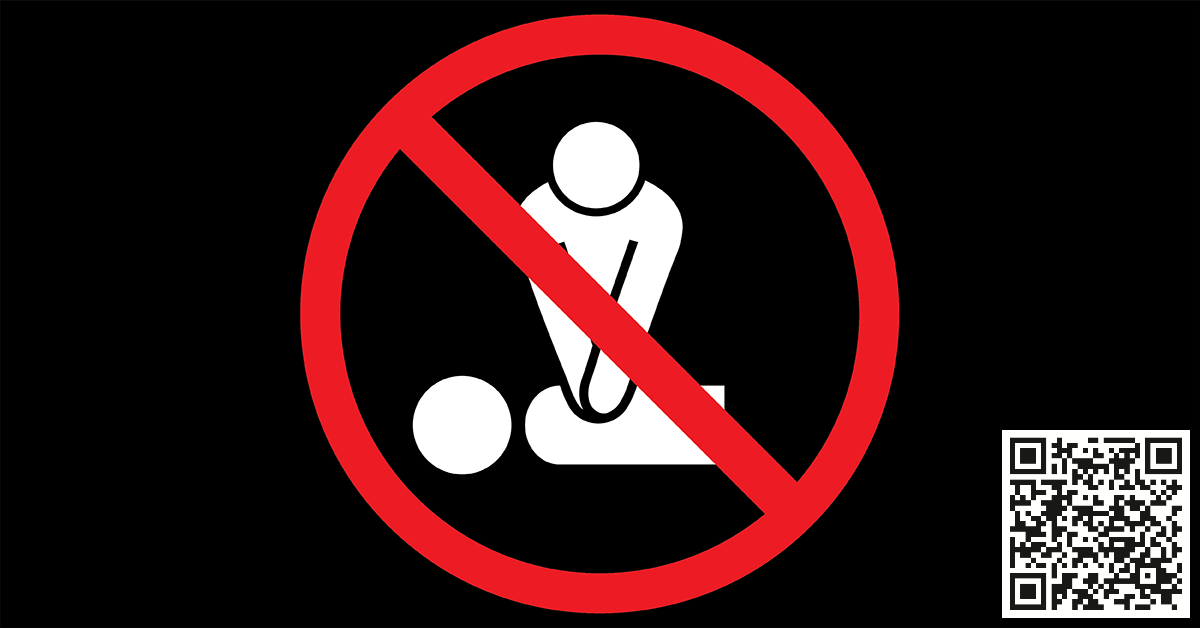‘Do Not Resuscitate’ is an epistolary(poem in the form of a letter) to friends, relatives and ‘the doctor’, from a person on a death bed.
The person being referenced in the poem has chosen not to be resuscitated when death calls.
This epistolary is in two parts: The first two stanzas are addressed to friends and relatives, while the remaining are to the doctor.
In a health setting, ‘Do Not Resuscitate (DNR)’ is a medical order indicating that a person should not receive CPR(Cardiopulmonary Resuscitation) if the heart stops beating.
An audiovisual presentation of the poem is below but the article continues right after.
Do not Resuscitate
Dear friend and relation
this, the truth about my condition
My life is at expiration
and I have made my decision
when death calls, no resuscitation
The love you’ve shown, I can’t equate
I know you’ll try but don’t debate
I have come to accept my fate
my take, while I can relate
when death calls, do not resuscitate
Doctor, I know my decline is steep
but your word you must keep
promise not to interrupt my sleep
When you hear the long bleep,
tell my people not to weep
Indeed, you’ve tried your best
but don’t be tempted “one more test”
and don’t deny my request
Respiratory or cardiac arrest,
let it go, let me rest
When you see the flat line
remember the choice is mine
all intervention I decline
I wish I’d reached ninety-nine
but I’m prepared, I am fine
When the code calls blue,
that is the final clue
it means my time is due
This is not about you
I’m at heaven’s gate, let me through
Do not Resuscitate (DNR), explained
What is DNR and how does it relate to CPR?
As I stated earlier, ‘Do Not Resuscitate (DNR)’ is a medical order indicating that a person should not receive CPR(Cardiopulmonary Resuscitation).
This ‘medical order’ could be written, verbal or even in electronic form. Some use tattoos and medical bracelets to pass this message. Most times, the patient makes the decision but sometimes, the doctor decides.
Cardiopulmonary resuscitation (CPR) is an emergency procedure involving chest compressions and assisted breathing, to help a person whose heart has stopped beating and is not breathing. Learn more about CPR here.
CPR can be performed by medical and non-medical personnel and is a vital tool that anyone could learn.
Why do people choose 'Do not Resuscitate'?
The big question that people often ask is: “why would anyone decline a life-saving procedure like CPR?”
Well, the decision is influenced by factors like the possibility of physical injuries like broken ribs and cartilage occurring during the procedure; the seeming futility of resuscitation a terminally ill person, etc.
Other factors are: personal reasons, religious beliefs, false understanding of what resuscitation truly entails, irrational decision probably based on alcohol, psychiatric impairment etc.
The doctor could also help a patient ‘choose’, based on professional assessment.
Gray areas regarding 'Do not Resuscitate'
Four important gray areas include:
- A person who chooses ‘Do not Resuscitate’ and probably has it documented somewhere but collapses in public and is resuscitated with CPR by people around.
- A doctor ‘choosing’ to resuscitate a patient who doesn’t want to be, or the other way round where the doctor declines to resuscitate a patient for whatever reason.
- Misinterpretation of the word ‘Resuscitate’ which could mean other life-saving procedures that do not involve CPR, like cardiac bypass, blood transfusions etc. This misinterpretation could be on the part of medical personnel in which case they hesitate to ‘resuscitate’ a patient who has signed a DNR. Conversely, some persons that choose not to have a CPR performed on them may want other procedures that involve resuscitation.
- Change of mind: A person that signed a ‘Do not Resuscitate’ form could change the mind last minute, probably during an emergency, when staring in the face of ‘actual’ death.
These gray areas and probably others have led to litigation or other legal action.
In some countries, the general public is protected under “The Good Samaritan Law“. This is to quell the fear of assisting those in need of medical attention before medical personnel arrive.
Conclusion
The poem ‘Do not Resuscitate’ is an epistolary based on a medical order that a person should not receive CPR.
Even though CPR has been documented to save lives, people choose to refuse it and may indicate so verbally, in writing or by other means.
Some times, this decision could fall into the hands of the doctor but there are gray areas to consider.




